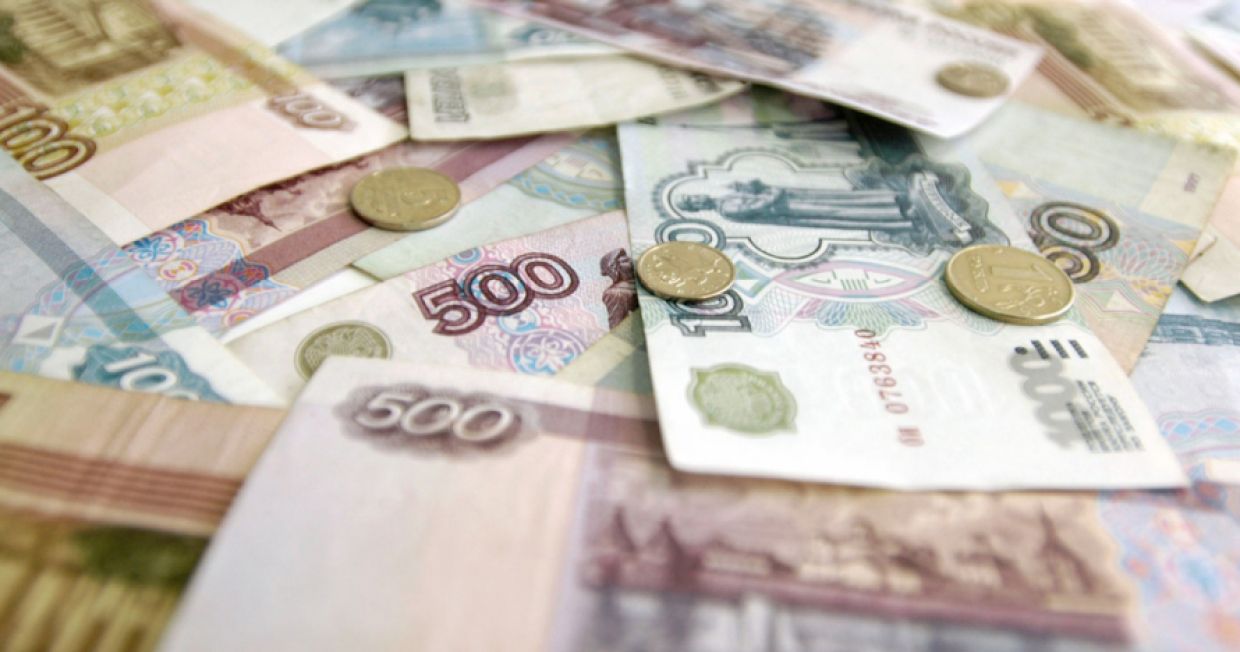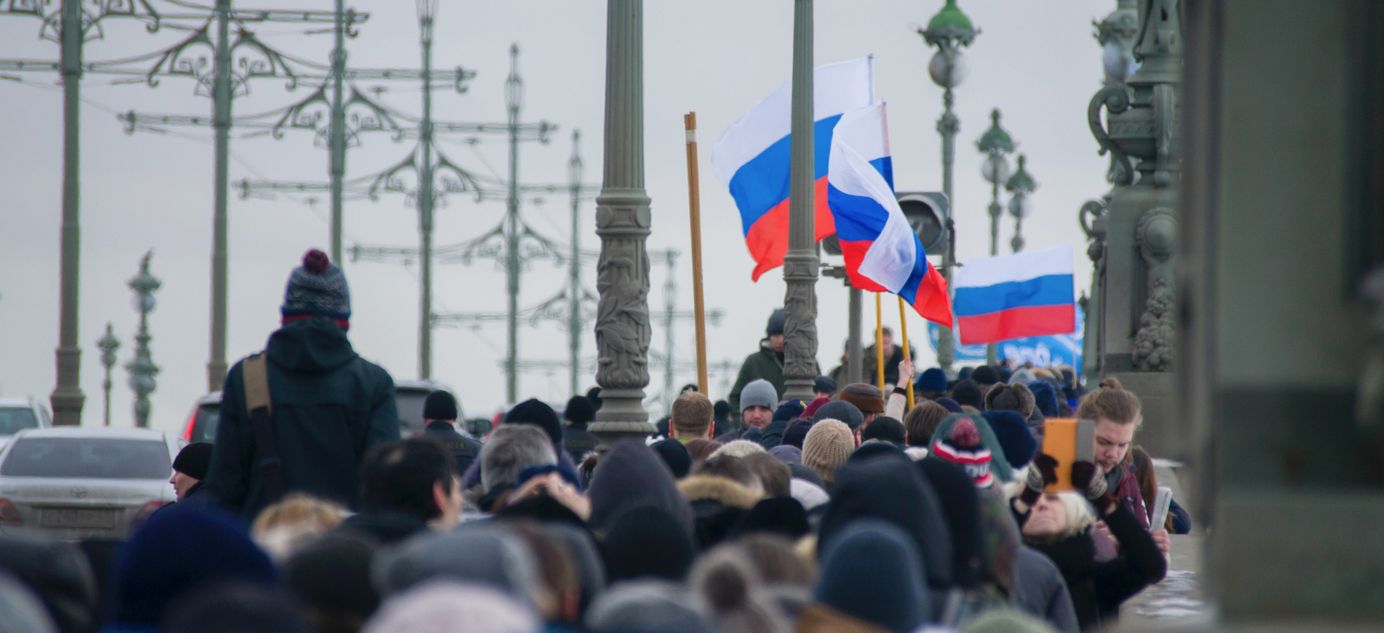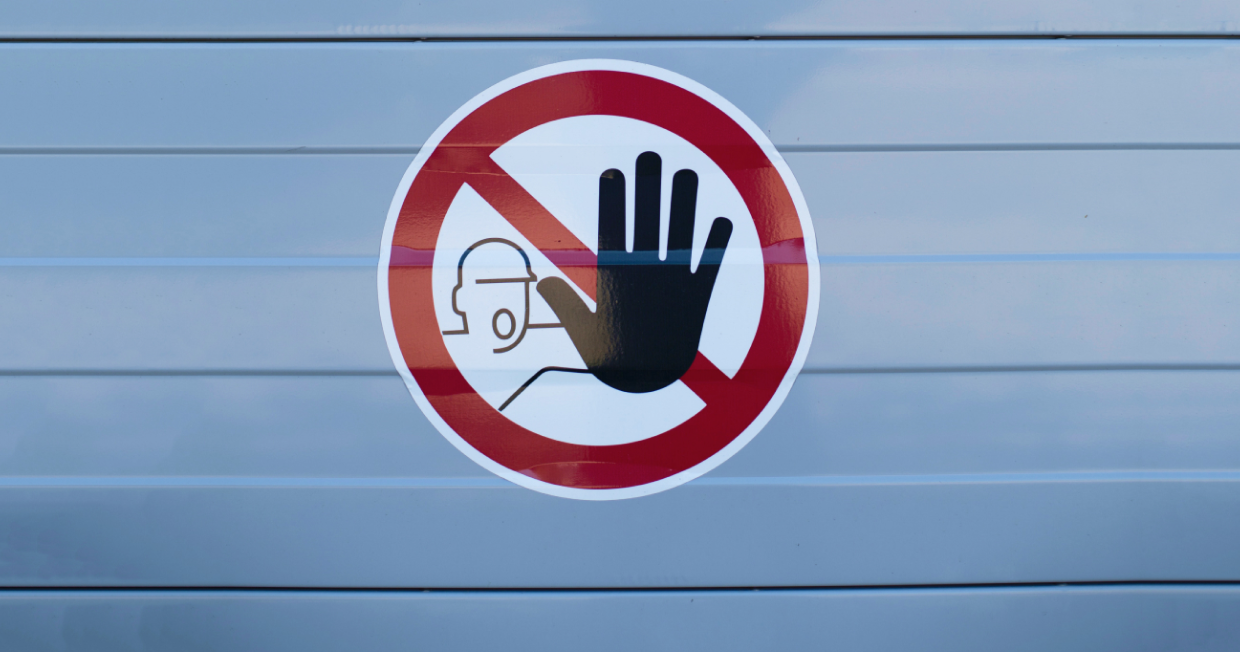
Ruble paradoxes
Hello! This week our newsletter will be a brief guide to the history of the Russian currency, which looks to have come full circle in recent weeks with the loss of free convertibility status as a result of Russia’s ‘special military operation’ in Ukraine and Western sanctions. Audit Chamber head – and fiscal hawk – Alexei Kudrin this week officially bade farewell to free convertibility – one of Russia’s greatest economic achievements of the early 2000s.

“The ruble is no longer a freely convertible currency,” Kudrin admitted Tuesday to journalists. Prior to late February, the ruble was one of the world’s few dozen fully convertible currencies – not even the Chinese renminbi enjoyed such a status.
In recent weeks, Western analysts have branded the ruble a ‘Potemkin currency’.
Even Kudrin – who is considered to be close to Russian President Vladimir Putin – was unable to hide his disappointment. And it was deeply symbolic that it was Kudrin who was the first official to talk publicly about the end of the convertible currency era. Finance minister in 2006 when the ruble gained its freely convertible status, Kudrin said last year in an interview that this achievement was one of his proudest moments in government.
Achieving free convertibility
“The convertibility of the ruble will remove all barriers to investment,” Kudrin said in 2006 shortly after the status was confirmed. “It makes the Russian market more attractive”.
The milestone was a signature economic achievement of Putin’s government in the early 2000s. Speaking to the Russian parliament in 2003, Putin proclaimed the ruble’s transformation into a freely convertible currency one of his main tasks – and linked it to the fact that Russia “has become a fully-fledged member of the G8 group of the world’s most developed nations”. Putin then set a formal deadline: by mid-2006, the ruble must become fully convertible (two weeks before Russia hosted its first and only G8 summit).
The deadline was met – on June 30, the government formally lifted all remaining currency restrictions. “From July 1, Russia has, from a currency point of view, become a liberal nation,” the state-controlled NTV reported with pride at the time. “Joining the club of global currencies means that in any more-or-less civilized country, our hard-earned rubles can now be exchanged for local banknotes or any hard currency.”
For a decade, little challenged the ruble’s status. Then, at the end of 2014, it came under heavy pressure from plummeting oil prices that coincided with Western sanctions on Russia for the annexation of Crimea and backing for rebel forces in Eastern Ukraine. Even then, though, neither the government nor the Central Bank sought to roll back the achievements of the previous decade by imposing currency controls. In December that year, the Central Bank allowed the ruble to fall, limiting itself to interventions on the market to minimize instability.
During one infamous trading session – Dec. 16, 2014 – the ruble lost a quarter of its value and dropped below 80 to the dollar for the first time. “Dec. 16 represented a de facto transition to a floating exchange rate,” Central Bank chief Elvira Nabiullina told Forbes three months later. “But what options did we have? We could have fixed the exchange rate. This could have been done in two ways. Either we could have sold our gold reserves but … we would have ended up in the same place after a short while, only without our gold reserves. Or we could have introduced administrative restrictions, but I think that would have been totally unjustified. There was only one way out – switch to a floating exchange rate and find a point of stability that matched the state of the Russian economy.”
Back to where Putin started
To make the ruble convertible in 2006, Putin’s government lifted restrictions on the movement of capital that had been in place since the late 1990s. These included: requirements for exporters to sell part of their foreign currency earnings; mandatory reservation of funds in import-export operations; and restrictions on transfers to foreign accounts held by private individuals. As soon as the ‘special military operations’ began in Ukraine at the end of February, however, all these restrictions returned.
After fierce Western sanctions on Russia last month, the ruble plunged to an all-time low of 121 against the greenback. Capital outflows in the first quarter reached $64.2 billion. But the Central Bank no longer had the option of supporting the ruble by selling foreign currency on the market because Western sanctions had denied it access to accounts in dollars and euros. To escape a ruble free fall, the Central Bank had no other choice than to impose strict currency controls. It quickly moved to oblige exporters to convert 80 percent of their foreign currency earnings into rubles, individuals were forbidden to transfer funds to foreign accounts without a special license or leave the country with more than $10,000 in cash, and banks were banned from selling foreign currency to citizens.
As a result of the restrictions, the ruble exchange rate ceased to be determined by market forces and became, in effect, a reflection of Russia’s current account balance. It’s this that explains the currency’s rapid rise (from 120 to 75 against the U.S. dollar) since mid-March. Currency controls and a general slump in imports has subdued demand for the foreign currency, while ruble supply is rising on the back of high energy prices and the Central Bank’s requirement for exporters to sell 80 percent of their foreign currency earnings.
The ruble’s rapid recovery is a political boon for the Kremlin that enables the government to argue that sanctions are not affecting the economy. But the extreme rise of the ruble is threatening to cause a different set of problems. As a result, in a bid to balance supply and demand, the Central Bank recently announced a gradual easing of currency restrictions. At present, the ruble is trading at about 80 versus the U.S. dollar.
What next?
Planning to make the ruble convertible again is something from the realms of fantasy. For a start, currency controls would have to be removed. As sanctions continue to tighten, that is totally unrealistic. “Without some kind of geopolitical normalization, removing currency controls could prompt an uncontrollable capital outflow and an increasing risk of financial instability,” a source at a foreign financial institution told The Bell.
For the moment, the ruble exchange rate is completely dependent on export earnings (that look set to fall because of price discounts and supply problems) and on the strength of the authorities’ control over capital flows, according to Raiffeisenbank analyst Stanislav Murashov. If demand for Russian oil falls (something about which sources in the oil trading market have warned), it is likely to put pressure on the ruble. And, in the event of further sanctions, or a voluntary boycott, oil production in Russia could drop as low as 3 billion barrels a day, according to forecasts by the International Energy Agency. Either way, it looks like a strong ruble is not something likely to be around for a long time.



